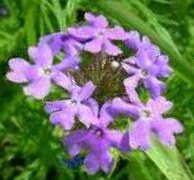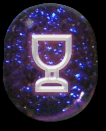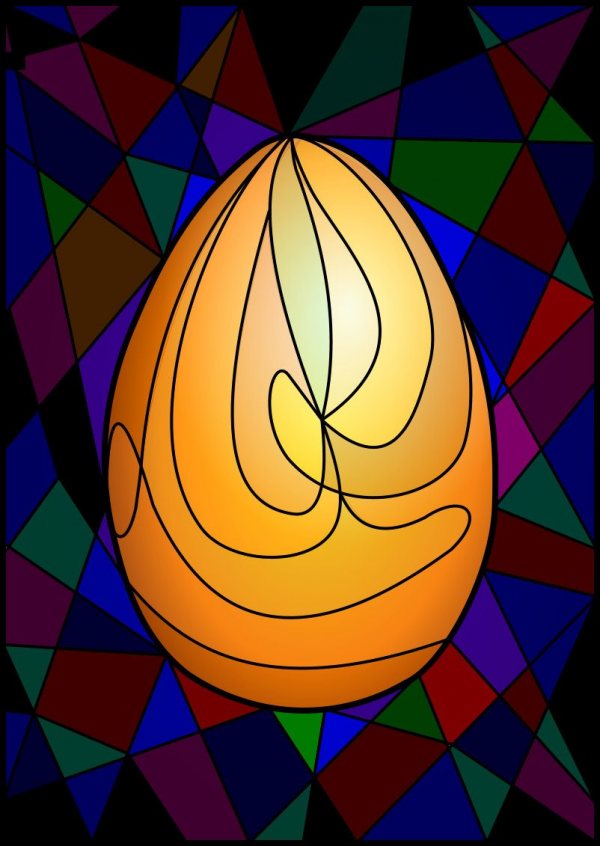Verbena
The Druids gathered Verbena with as much reverence as they paid to the Mistletoe. It was dedicated to Isis, the goddess of birth, and formed a famous ingredient in love philtres. Pliny saith: "They report that if the dining chamber be sprinkled with water in which the herb Verbena has been steeped, the guests will be the merrier."
Added Mar 5, 2011
| 5,968 Reads
The Verbena, or Common Vervain, is a very familiar herb on waste ground throughout England, limited to no soil, and growing at the entrance into towns and villages, always within a quarter of a mile of a house, and hence called formerly the Herbal Simpler's joy. Of old, much credit for curative virtues attached itself to this plant, though it is without odour, and has no taste other than that of slight astringency. But a reputation clings to the vervain because it used to be held sacred, as "Holy Herb," and was employed in sacrificial rites, being worn also around the neck as an amulet. It was called "Tears of Isis" "Tears of Juno" "Persephonion" and "Demetria." The juice was given as a remedy for the plague. Vervain grew on Calvary: and Gerard says "the devil did reveal it as a secret, and divine medicine." The Verbena or Common Vervain is a slender plant with but few leaves, and spikes of small lilac flowers, when wild; but its cultivated varieties, developed by the gardener, are showy plants, remarkable for their brilliant colours. The name Frogfoot has been applied to the Vervain because its leaf somewhat resembles in outline the foot of that creature. Old writers called the plant Verbinaca and Peristerium:-- "Frossis fot men call it, For his levys are like the frossy's fet." The practice of wearing Verbena round the neck became changed from a religious observance to a medicinal proceeding, for which reason it was ordered that the plant should be bruised before being appended to the person; and thus it gained a name for curing inveterate headaches. Presently also it was applied to other parts as a cataplasm. Nevertheless, the Vervain has fallen of late years into disfavour as a British Herbal Simple, though a pamphlet has recently appeared, written by a Mr. Morley, who strongly advises the revived use of the herb for benefiting scrofulous disease. Therein it is ordered that the root of Vervain shall be tied with a yard of white satin ribband round the neck of the patient until he recovers. Also an infusion and an ointment are to be prepared from the leaves of the plant. The expressed juice of Verbena will act as a febrifuge; and the infusion by its astringency makes a good lotion for weak and inflamed eyes, also for indolent ulcers, and as a gargle for a relaxed sore throat. The Druids gathered Verbena with as much reverence as they paid to the Mistletoe. It was dedicated to Isis, the goddess of birth, and formed a famous ingredient in love philtres. Pliny saith: "They report that if the dining chamber be sprinkled with water in which the herb Verbena has been steeped, the guests will be the merrier." Geoffrey St. Hilaire and Pasteur praise the Vervain highly as beneficial against ailments of the hair, the fresh juice being especially used. Other names of the plant are Juno's tears, Mercury's moist blood, Pigeons' grass, and Columbine--the two latter being assigned because pigeons show a partiality for the herb. Verbena plants were named Sagmina of old, because cut up by the Praetor in the Capitol. When borne by an Ambassador Verbena rendered his person inviolable. All herbs used in sacred rites were probably known as Verbena. They were reported as of singular force against the tertian and quartan agues; "but one must observe Mother Bombie's rules--to take just so many knots, or sprigs, and no more, lest it fallout that it do you no good, if you catch no harm by it."
Added Mar 5, 2011
| 5,968 Reads
Share The Magic ...
The GoE MONEY!!! Course - A Course In Real MONEY MAGIC!
|





















